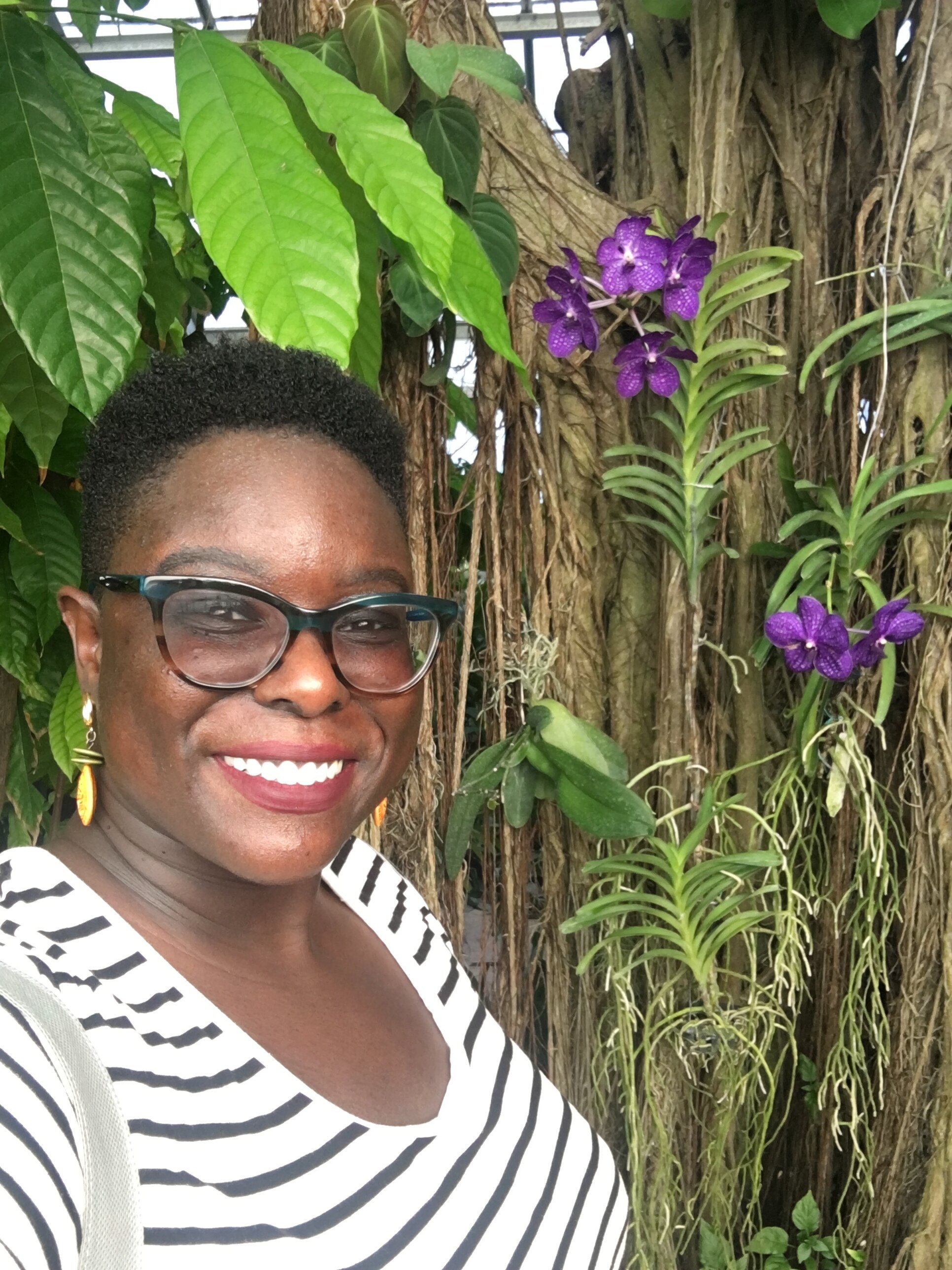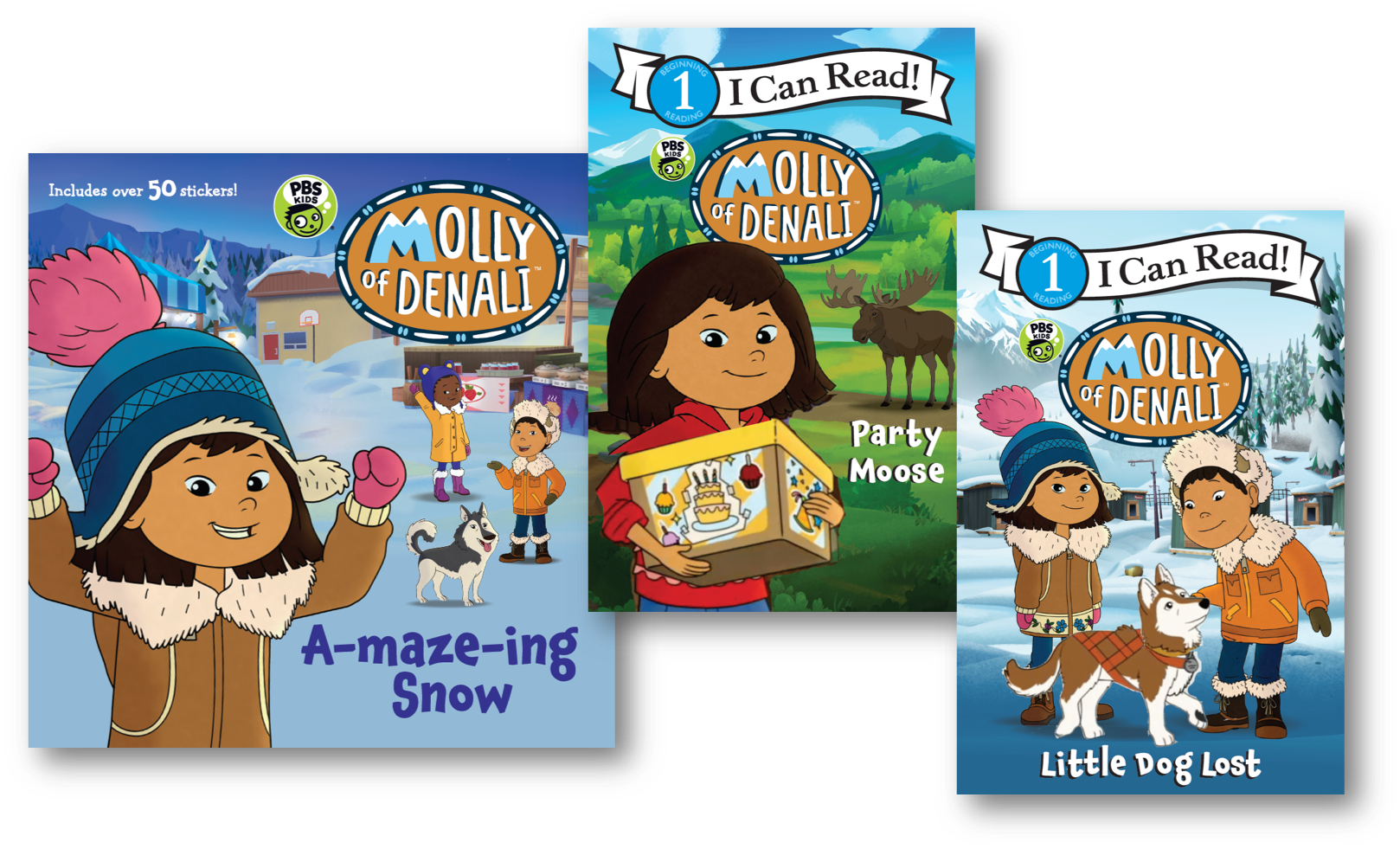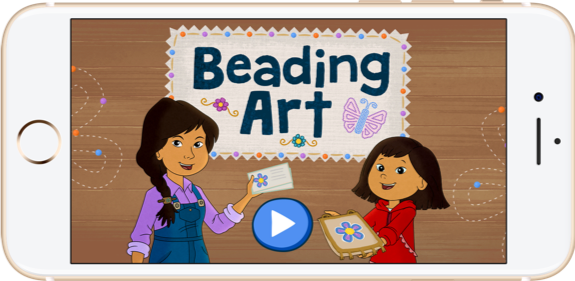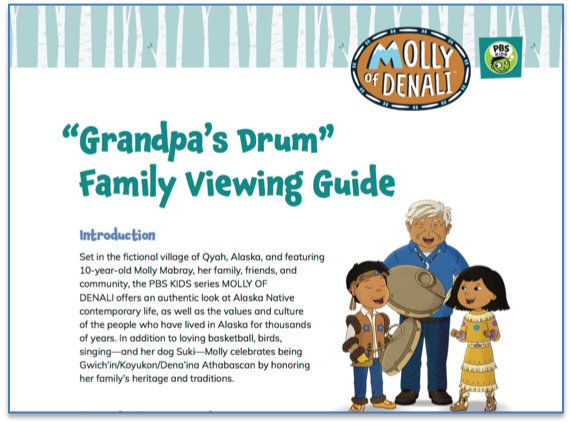With the growing trend of personalization in education and educational design, people are realizing that personalization extends beyond technology. While technology is an important part of addressing the needs of all types of learners, equity and inclusion are becoming crucial to building and designing whole education systems. CAST, an education nonprofit research and development organization, is addressing this by not only providing physical access to supports through technology but also supporting personalization across all design domains, focusing on accessibility and usability.
Partnership and cooperation is at the forefront of CAST’s work. “The more we continuously improve inclusive communication, trust, and foster an iterative mindset, the more we can put our common goals at the forefront and real people at the heart of the work to make continuous barrier-busting progress,” explains Cassandra Sell, the Senior Interaction Designer at CAST.
CAST, through their Universal Design for Learning (UDL) framework and other learning platforms, works to expand learning opportunities for all individuals. FableVision worked with CAST on their reading and reading comprehension platform, Udio. The online platform serves “as both an intervention and a context for conducting research” and is a holistic approach to learning resources for middle school students.
The UDL framework is a set of principles to guide the development of inclusive and effective learning environments. “Ultimately, it comes down to proactively and intentionally designing for learner variability in order to reduce barriers in the learning experience,” says Steve Nordmark, CAST’s Director of Business Development. “That’s what UDL is all about. This is at the heart of how CAST designs solutions.”
This intentionality also serves as the basis for how they design, develop, and maintain Learning Designed, an online learning platform that provides a supportive and collaborative community for educators and learners. To explain the mission of Learning Designed, FableVision designed a one-minute animated explainer video, which is now live on the website. In our December FableFriday, we sat down with Cassandra and Steve to learn more about CAST’s research platforms, the Learning Designed community, and their educator and learner-focused projects.
Tell us about CAST and your roles there!
Steve: CAST is a nonprofit organization that believes learning should have no limits. We strive to help meet the needs of every learner, at any age, in any learning environment. We created the UDL framework over 20 years ago. It remains one of our core levers of change to make education equitable, inclusive, and transformative for everyone.
As the Director of Business Development at CAST, I focus on building strategic partnerships throughout the global education field to advance the adoption and implementation of UDL. This includes fostering strategic growth opportunities for CAST's products, consultancy services, and membership services, including:
Assisting publishers, technology firms, and other constituents to infuse their products with inclusive best practices.
Assisting federal, private, state, and local education agencies to identify, acquire, and use inclusive and responsive products and services.
Advancing quality UDL implementation through the promotion and implementation of Learning Designed and affiliated products and services.
Cassandra: I’ve been the Senior Interaction Designer at CAST for four years and I've been honored to contribute to a variety of awesome projects and initiatives within our organization. I work with our interdisciplinary teams in design and development, applied research, and professional learning. I also collaborate with others across the organization, supporting CAST with art direction and communications design as we find more opportunities to share who we are and what we do with the world and bring more of the world into CAST’s work. We try to hold ourselves up to a standard of constant and deliberate iteration around best practices for engaging the field and reaching beyond.
How did you start working at CAST, and what drew you to the organization?
Steve: I’ve been in educational product research and development for over 25 years. I always admired CAST’s work, especially the development and promotion of UDL, since I first encountered them in 2002. About six years ago, I became more directly involved with building awareness, adoption, and implementation of UDL throughout the global education industry. In 2016, I partnered directly with CAST to build Learning Designed, and global standards for UDL credentials and certifications for people, products, and schools. Then, at the beginning of 2019, when given the option to join CAST full time, I jumped at the opportunity.
Cassandra: I came to CAST in 2015 from WGBH Digital where I was the lead digital designer on a handful of robust websites and experiences for PBS national brands, such as Masterpiece and Antiques Roadshow. One of my design mentors mentioned her hope to build a design team at CAST, which I had not heard of at the time. As I got to know CAST and UDL, I saw so much kinship in how we applied design thinking and got super nerdy about the process. I also saw what intentional and goal-oriented collaboration could look like in the service of nothing less than all learners. I couldn’t pass up the chance to join a team of people so dedicated to learning and raising the bar for each other every day.
What is “Universal Design for Learning,” and in what ways does CAST continue to lead the national conversation around UDL?
Cassandra: Universal Design for Learning is a set of principles to guide the development of inclusive and effective learning environments. Based on scientific insights into how people learn and decades-long observations about what works in the classroom, UDL synthesizes a number of best practices into a clear framework to address the needs of all learners at all levels.
In the 25 years since CAST coined and defined the term, UDL has provided leadership to a growing, global field. We research and develop creative solutions to education’s thorniest challenges, usually in partnership with major research universities, R&D organizations, and companies. We work closely with educators at all levels from California to New Hampshire to improve the implementation of UDL’s best practices. We have also authored comprehensive guidelines for implementation, and UDL is endorsed by all the major federal education laws covering children and adult learners in formal and informal learning environments. Recently, CAST partnered with the UDL-IRN, an international research and implementation network, to scale up UDL and launch a credentialing and certification process. We’re busy!
What is Learning Designed? How does being a part of the Learning Designed community impact educators and learners on the individual, school, and district levels?
Steve: The animated video that FableVision helped us create really explains Learning Designed the best. FableVision brought our words to life. In summary, Learning Designed is a state-of-the-art, online learning platform for professional learning and collaboration that provides personalized experiences for educators in a supportive community. Learning Designed harnesses the evidence-based UDL framework to support educators in designing more effective learning environments and experiences for all learners. Ultimately, educators can better serve all types of students—especially students with learning disabilities, learning and attention issues, those suffering the effects of trauma, those who are often not served well by the system due to gender, race, language, class, culture—at scale.
How can educators best integrate the research of CAST and Learning Designed into their classrooms?
Steve: We view everything CAST works on as an opportunity to integrate research into educator practice, from technical assistance on accessibility and inclusion to innovative educational product R&D, to professional learning, to our consulting work, to Learning Designed. Research is embedded in all our work, and our research is used to empower educators and educational leaders to better design and implement learning experiences for all learners.
Learning Designed contains links to a variety of research-based resources for educators, including:
Universal Design for Learning Theory and Practice: a well-known resource book that provides a comprehensive research background on the UDL framework.
UDL and the Learning Brain: a white paper that provides a summary of cognitive neuroscience research within UDL and how it can be used to inform the design of environments that support all learners.
CAST Professional Publishing produces books that help educators at all levels improve their practice—and change students’ lives—through UDL. Also, CAST Professional Learning partners directly with educators, teachers, administrators, and organizations to enhance their professional understanding of UDL.
What are the biggest difficulties when making education accessible, and how do you strive to overcome them?
Steve: Providing accessible learning for every learner requires an intentional and proactive design of many aspects of accessibility and usability, such as cognitive, developmental, cultural, etc. We must actively consider all learner variabilities to reduce barriers in the learning experience.
Cassandra: As a designer, I enjoy helping individuals designing in isolation to become problem-solving, collaborative teams. With all members’ skills and perspectives, we can improve access to education and move us all forward. Listening to, earning, and seeking honest feedback from all learners and other stakeholders is key - and so is agreeing on what to do with that feedback. It’s challenging, but satisfying when teams nail it.
You worked with FableVision in 2016 on a website for Udio, CAST’s online literacy intervention and research context. What’s happening with Udio now?
Cassandra: The Udio project was a fantastic opportunity to try out some new ideas we’d been working on, including data visualization and supporting student/teacher decision-making. One of the great things about CAST is that the work we do on each project always influences our future work. The ideas we had and the things we learned with Udio are now present in our CISL project as we think about accessible digital learning environments, our digital science notebook project, and many of our other design, development, and applied research projects. The concepts and ideas also make their way into our professional learning and publishing offerings.
We know that collaboration and user-testing are important, especially in the education field. How does CAST form and strengthen strategic partnerships, and how do you ensure that your audience—educators and learners—are at the forefront of all your decisions?
Steve: Collaboration and partnership are really important to our work. CAST is always seeking and working directly with partners who share our passion for increasing equity and inclusion in learning. We have partnerships with schools, districts, states, universities, government agencies, research organizations, companies, and foundations to explore challenging questions in education. We collaborate with these organizations due to their representation of the learners we care about. We often remind ourselves, “nothing about us without us,” to highlight the importance of having authentic relationships with people we design for and with on our projects.
For example, CAST is currently partnering with career and technical education schools, industry partners, and colleges to produce prototype career exploration modules that showcase the varied pathways into these new industries. One example is our partnership with the Santa Clara County Office of Education (SCCOE) and several Local Education Agencies (Districts and County Offices) across central and northern California. SCCOE and the partner education agencies are using Learning Designed to enhance and support the state-funded California 1: Highway to Success for ALL initiative to address the equity needs of all students.
Another example is our partnership with SRI International and the Inclusive Design Research Centre. Together, we are exploring and creating tools to ensure that K-12 students with disabilities receive engaging, high-quality, accessible digital learning materials, especially open education resources (OERs). This project, called the Center on Inclusive Software for Learning (CISL), is actively seeking co-design and beta testing partnerships with schools and students who can help strengthen the quality and effectiveness of the software designs.
Fun Facts About Steve & Cassandra
Skill you’d most like to learn:
Steve: Playing guitar.
Cassandra: Playing the drums—let’s start a band, Steve!
Quote you live your life by:
Steve: “Be the change you wish to see in the world.” — Ghandi
Cassandra: I have a new favorite every week. The communications team always comes across words of inspiration we want to share with the world. Right now it is, “Talent is universal, but opportunity is not” by Nicholas Kristof. But my go-to usually is “... the world owes me nothing, and we owe each other the world” from Ani DiFranco’s song, “Joyful Girl.”
Favorite educational game:
Steve: I love word puzzles and really enjoy the Wordbubbles and Wordscapes apps.
Cassandra: I’m not sure if it counts but my brother and I got really into history, geography, and strategy by playing Age of Empires together as kids. That’s probably an all-time favorite.
Ultimate comfort food:
Steve: I could eat pizza every day, and I cannot say no to strawberry Twizzlers.
Cassandra: My husband has been making the most amazing soups lately, so at the moment it might be a rich soup —with warm, fresh, crusty bread.
Favorite winter activity:
Steve: Downhill skiing. I would love to be able to enjoy it every winter.
Cassandra: Anything that combines being crafty with my family, a roaring fire, and the perfect blanket.













































